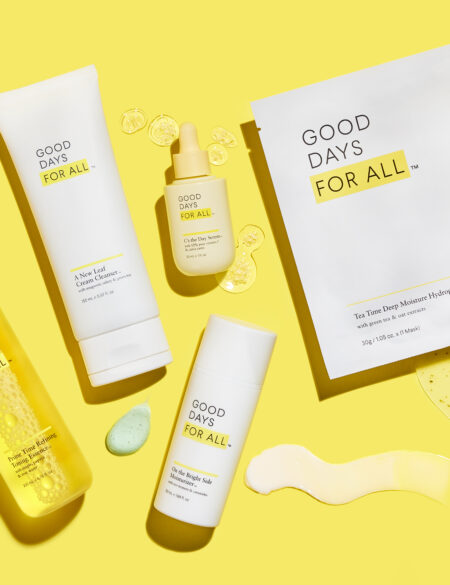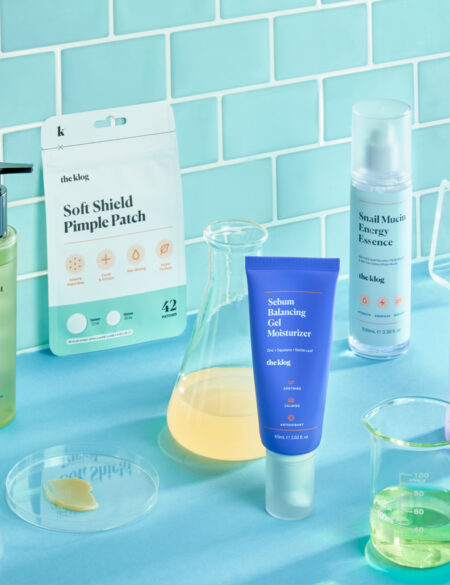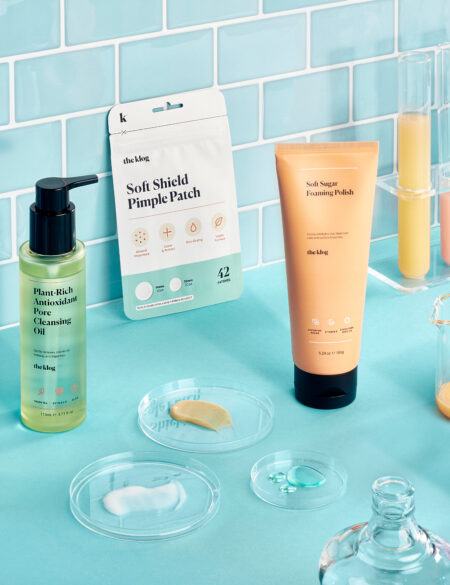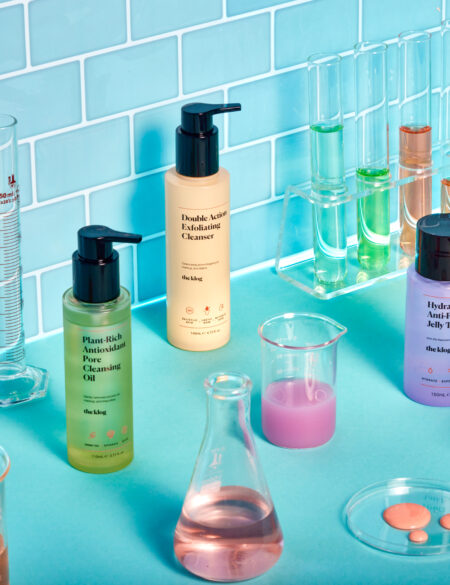Have you ever thought about changing up your diet to improve your skin? Or maybe you know someone whose skin was totally transformed by avoiding certain foods? Here, we explore some of the most buzzed-about diets and what they can – or can’t – do for your skin.
There are so many factors beyond products that contribute to the overall health and appearance of skin, including what you eat. Thinking of trying out a new diet for the skin benefits? Below, a dermatologist weighs in on what to expect from going on popular diets like keto and Whole30.
Keto
I have seen this diet everywhere lately. Popular beauty YouTubers like Lustrelux and Makeupshayla and celebrities like Halle Berry and Kim Kardashian are all fans, not to mention seemingly every other person on my social media feeds. The keto diet is definitely getting its 15 minutes of fame right now.
The theory behind keto is that consuming a diet that’s low-carb and high-fat will put the body into ketosis, a metabolic state when you burn fat instead of glucose. In addition to losing weight, some swear by it to achieve clearer skin.
“We know that diets rich in sugars are harmful to the skin in several ways. High sugar levels promote inflammation that may lead to acne breakouts. Also, sugars can lead to hardening of collagen, in a process known as acacian, which leads to breakage of the molecules with early wrinkling” says Dr. Joshua Zeichner, the director of cosmetic dermatology at Mt. Sinai Hospital in New York City.
So removing refined sugars and carbohydrates from your diet could be helpful for banishing breakouts, but there’s no scientific evidence that keto as a whole is a game-changer for skin, plus if you’re eating a lot of dairy on the diet and not eating healthy fats, it could exacerbate breakouts instead.
Whole30 and Paleo
Whole30 is another popular diet that claims to help you transform your body by eliminating sugar, alcohol, grains, legumes, soy, and dairy from your diet. It claims to improve skin conditions, seasonal allergies, unexplained pains – you name it. By practicing this diet for 30 days, you’re able to reset your body and transform your overall health.
Though the origin of the diet is different, paleo is similar to Whole30 because you’re consuming foods that are unprocessed. This means eating lots of veggies, fruits, leafy greens, and grass-fed meat.
What does this mean for your skin? Dr. Zeichner explains, “The paleo and Whole30 diets are similar to the keto diet, except they allow for starchy vegetables and more fruits. These offer a more well-rounded diet that is likely better for the skin in that they provide antioxidants needed to help calm free radical damage.” Again, these diets may improve your skin especially if your diet is currently sugar-laden, but, it’s not a guarantee.
Dairy-Free and Gluten-Free
It’s true that many people turn to these types of diets because of skin care concerns, but, there’s a large majority of people who have no other choice. Lactose intolerance along with dairy and gluten allergies are legitimate health concerns. Some might experience more frequent and severe breakouts after meals that include these ingredients for those reasons.
“Cow’s milk, particularly skim milk, has been shown to be harmful to the skin. It is unclear whether it is hormones in the milk passed on from the nursing cow or whether it is high levels of sugar in the milk. But, skim milk has been shown to be associated with acne breakouts in predisposed people.”
The best way to test if your skin is prone to breakouts is to cut dairy from your diet and then slowly reintroduce it in. If you experience breakouts, then it’s likely that dairy is something you want to avoid.
The same goes for gluten-free diets. Gluten has been known to cause adverse reactions “in people who have true gluten sensitivities. If they eat gluten, they may develop a rash on the elbows and knees,” says Dr. Zeichner. As with dairy, the only way to understand if it’s affecting you is by eliminating it from your diet and then reintroducing it. Make sure to pay attention to your skin during this process and whether or not you notice any changes, good or bad.
Bottom Line
What do all of these diets have in common? The possibility that they can improve skin for some people. This is why we don’t recommend driving yourself crazy trying to find the answer to your skin woes with fad diets. Drastically changing your diet can also mess with skin, even if you’re going the “healthier” route.
Start by focusing on eating a well-balanced diet and go from there.














